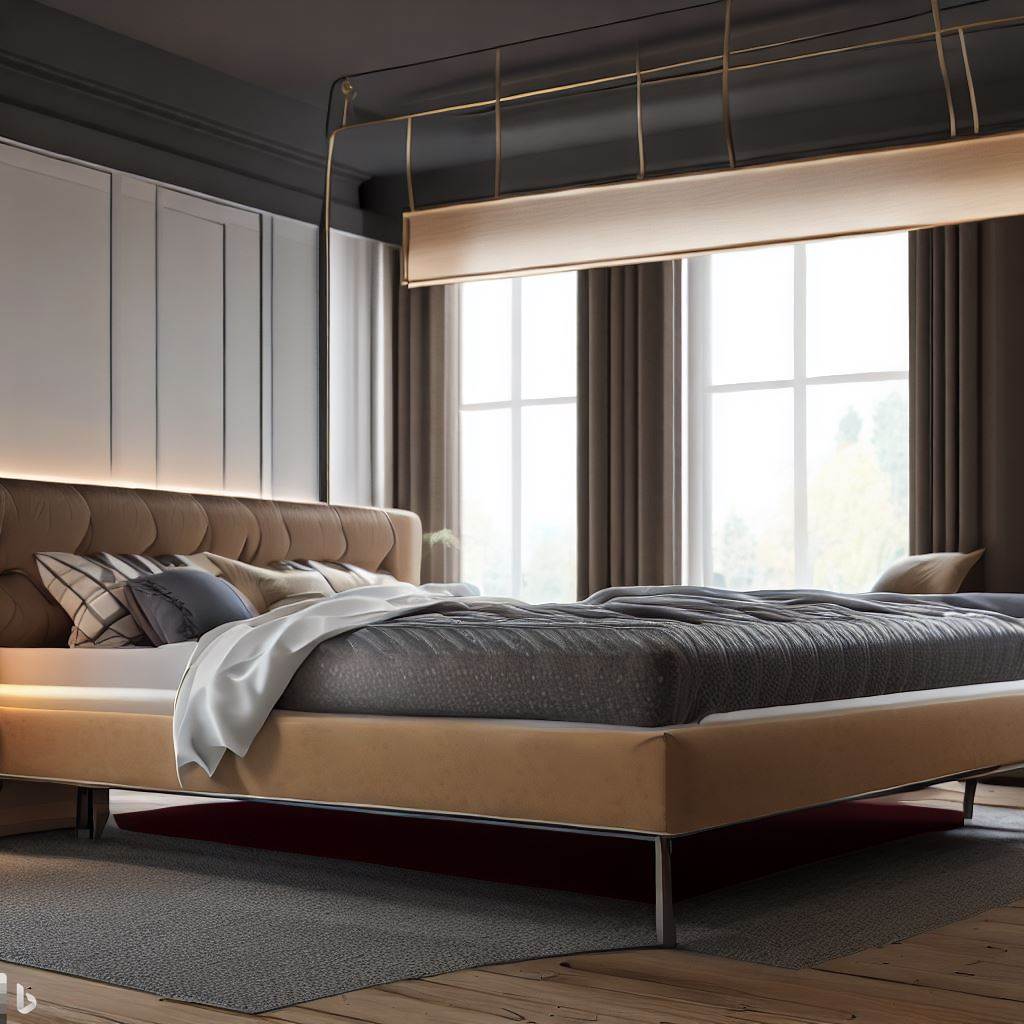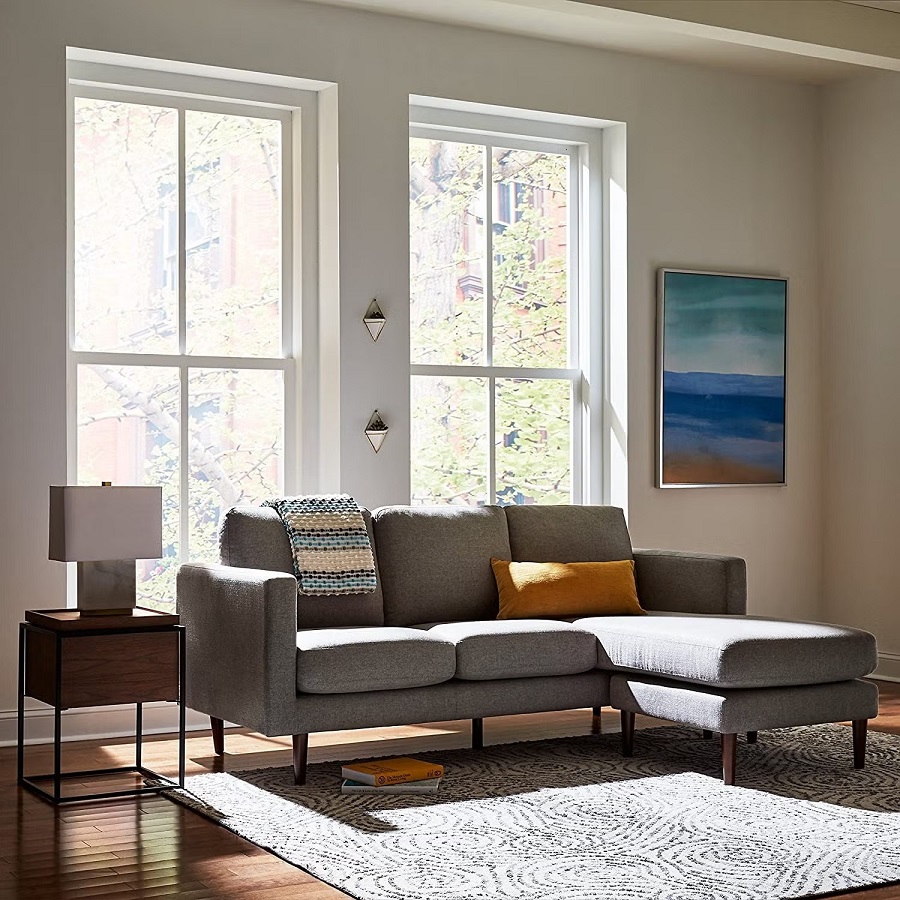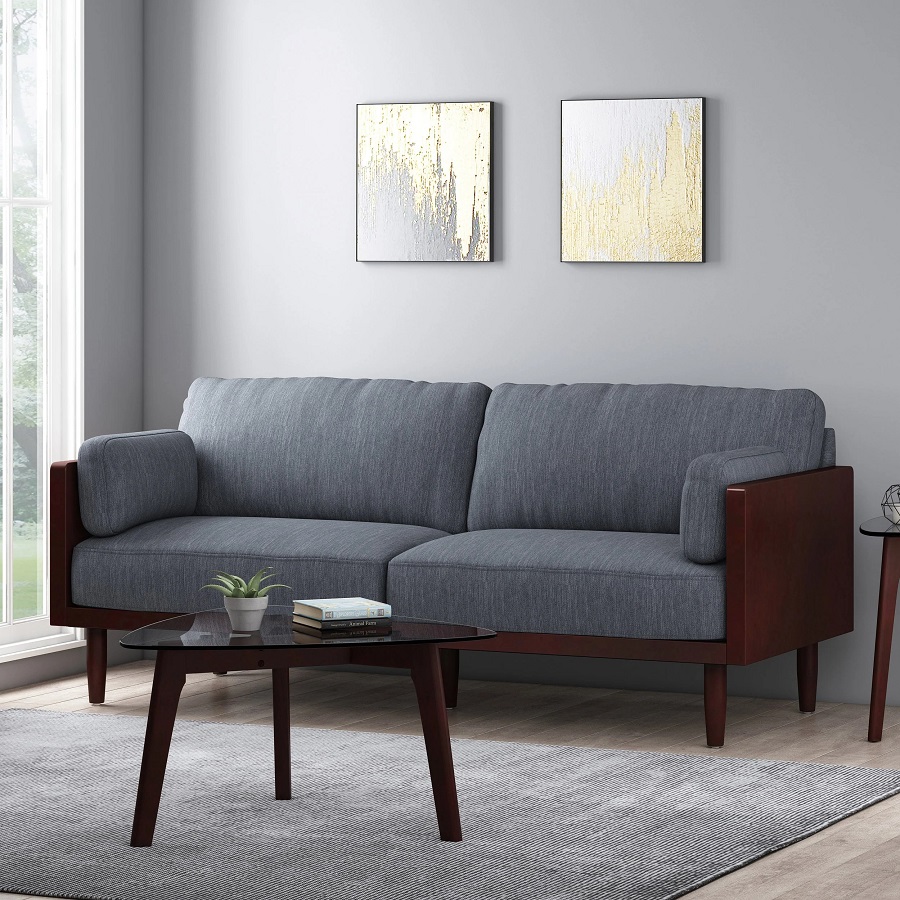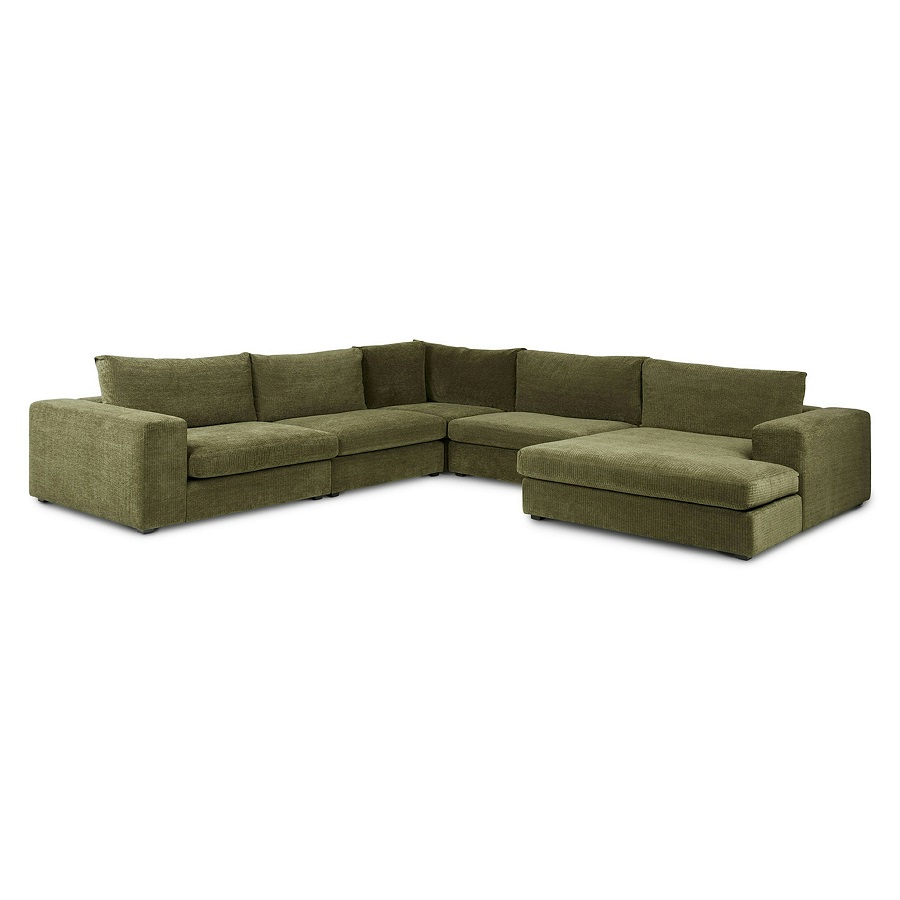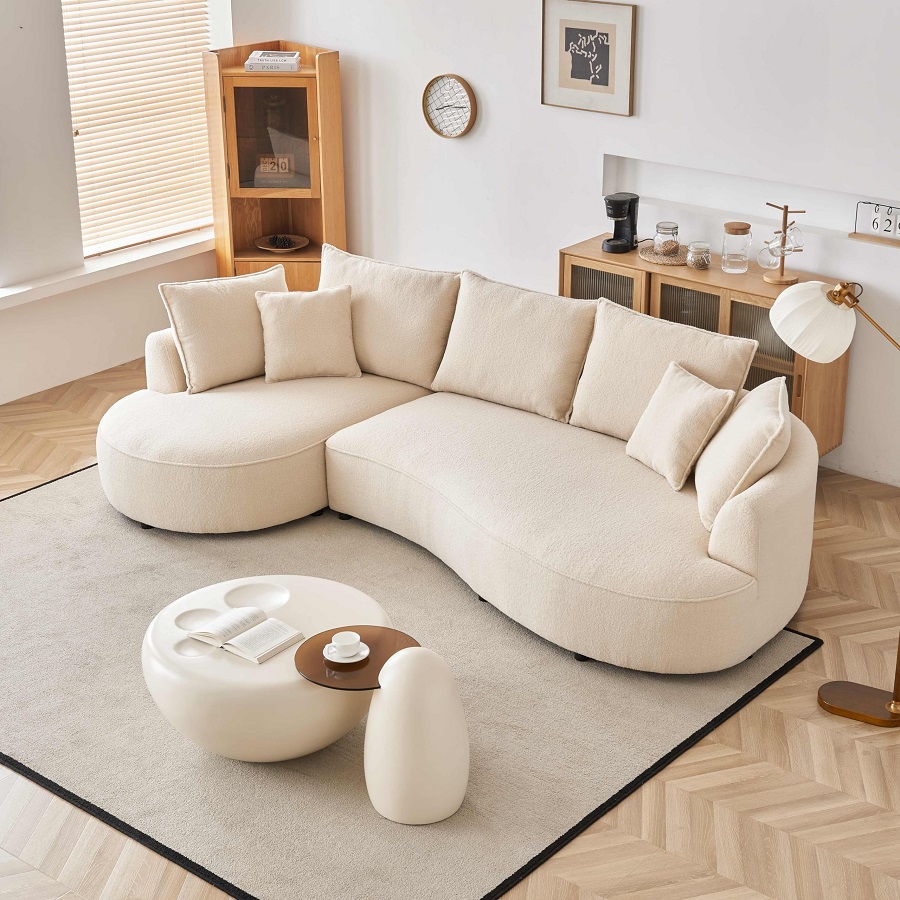Box springs have long been a staple in mattress setups, traditionally serving as the foundation for most beds. Originally designed with a wooden frame and metal springs, the box spring’s primary function was to absorb shock and provide support to the mattress placed on top of it. This design helped to prolong the life of the mattress by reducing wear and tear and improving overall comfort. Box springs also contributed to raising the height of the bed, making it easier to get in and out of. In the era when innerspring mattresses dominated the market, a box spring was considered essential, ensuring that the mattress stayed evenly supported, thus preventing sagging and maintaining the integrity of the bed structure.
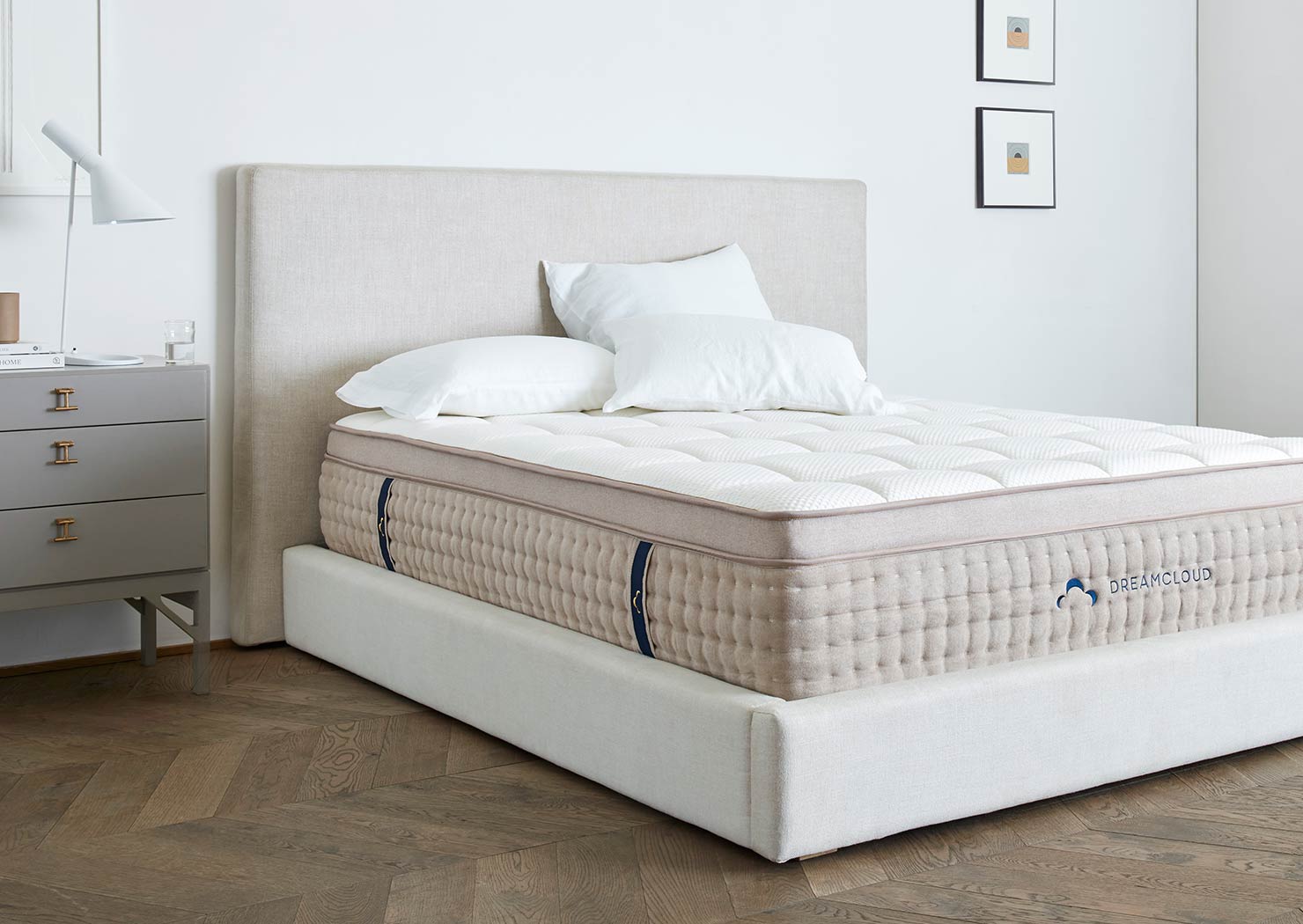
Evolution of Mattress Technology and Design
As mattress technology has evolved, the necessity for box springs has come into question. Modern mattresses come in a variety of types, including memory foam, latex, hybrid, and adjustable beds, each with unique support requirements. Memory foam and latex mattresses, for instance, are designed to provide optimal support and comfort without the need for added springs beneath them. These materials conform to the body’s shape, offering targeted support and pressure relief. Hybrid mattresses, which combine innerspring coils with foam layers, often come with their own built-in support systems, reducing the dependency on a traditional box spring. Adjustable beds, which can change positions at the touch of a button, are incompatible with rigid box springs, signaling a shift towards more versatile and adaptable mattress foundations.
Understanding Different Bed Foundations
To determine whether a box spring is necessary, it’s important to understand the various types of bed foundations available today. Platform beds, which consist of a solid or slatted base, provide sturdy support for the mattress without the need for a box spring. These bases are particularly suited for foam and latex mattresses, which require a flat and even surface. Slatted bases, another popular option, feature multiple wooden or metal slats that offer a balance of support and airflow. The spacing of these slats is crucial; too wide, and they may not adequately support the mattress, leading to potential sagging. Adjustable bases offer the ultimate in flexibility, allowing users to customize their sleeping position for enhanced comfort and health benefits. Each of these foundations can be used effectively without a box spring, depending on the mattress type and personal preferences.
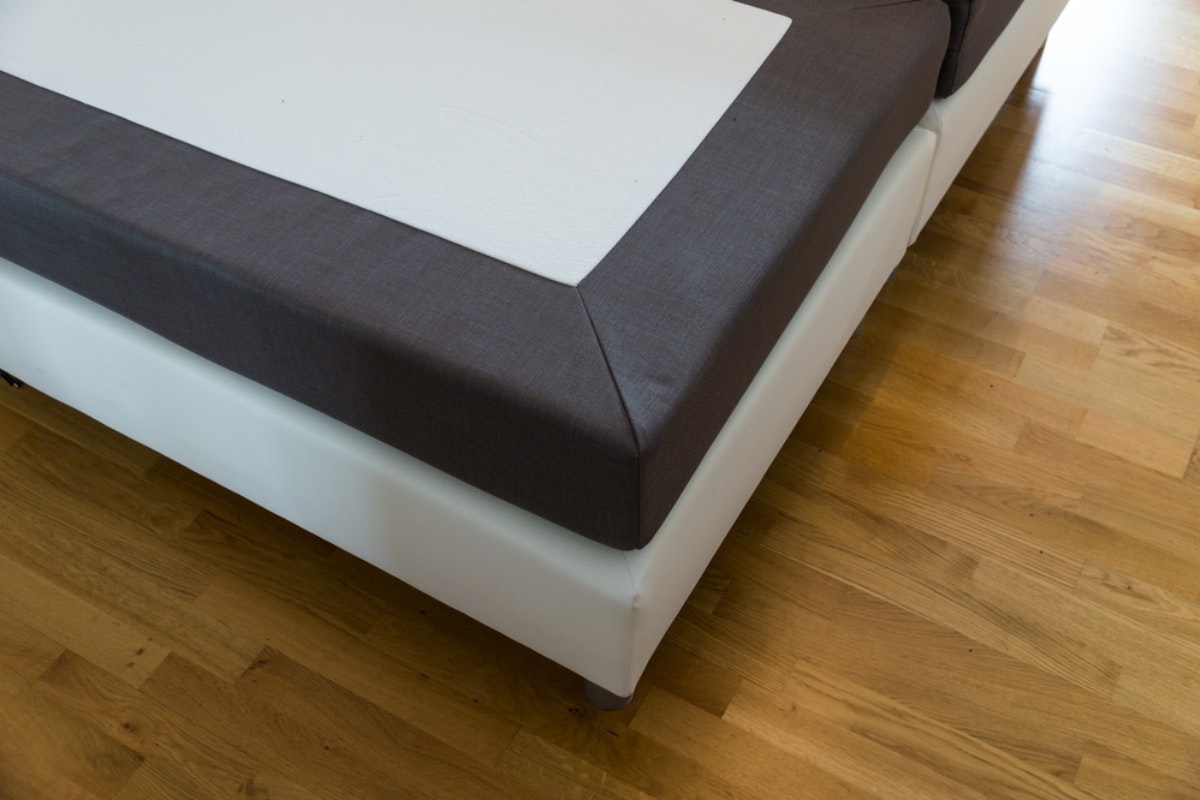
Benefits of Using a Box Spring
Despite the advances in mattress technology, there are still benefits to using a box spring with certain types of mattresses. For innerspring mattresses, a box spring can significantly enhance comfort and longevity by providing additional bounce and support. It helps to distribute weight evenly across the mattress, reducing the risk of indentations and premature wear. The added height from a box spring can also make getting in and out of bed more comfortable, particularly for individuals with mobility issues. Moreover, for those who prefer a traditional bed aesthetic, a box spring maintains the classic look and feel of a well-made bed. It also offers an extra layer of insulation, which can be beneficial in colder climates, keeping the mattress slightly warmer during winter months.
Drawbacks of Using a Box Spring
However, using a box spring isn’t without its drawbacks. One significant downside is the additional cost. Purchasing a box spring alongside a new mattress increases the overall expense of setting up a bed. Additionally, box springs can be quite bulky and heavy, making them difficult to move or adjust. For those with limited space, a box spring can take up valuable room, particularly in smaller bedrooms or apartments. Furthermore, not all modern mattresses are compatible with box springs. Foam and latex mattresses, for instance, may not perform optimally when paired with a box spring, as the springs can cause uneven support and compromise the mattress’s ability to contour to the body. This mismatch can lead to discomfort and reduced durability of the mattress over time.
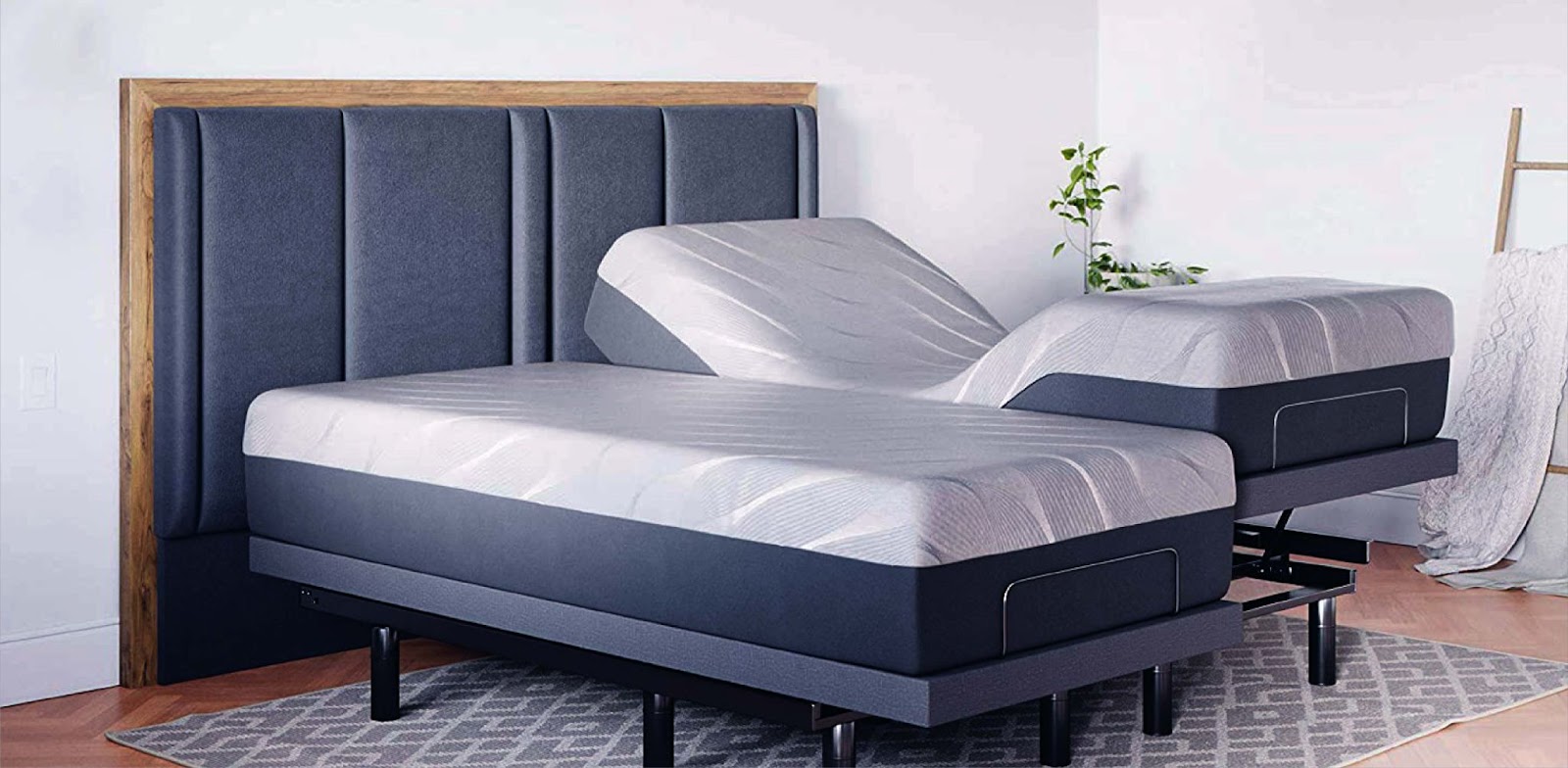
Assessing Mattress Warranties and Requirements
When purchasing a new mattress, it’s crucial to consider the manufacturer’s recommendations and warranty requirements regarding foundations. Many mattress warranties specify the type of support needed to ensure proper performance and longevity. Using an improper base, such as a box spring when it’s not recommended, can void the warranty. Manufacturers of memory foam and latex mattresses often stipulate that the mattress should be used on a solid or slatted base to maintain the structural integrity and quality of the product. Similarly, adjustable beds require specific foundations that accommodate the movement and flexibility of the frame. Understanding these requirements can help avoid the pitfalls of improper mattress support and ensure that the investment in a new mattress is protected.
Personal Preferences and Sleeping Needs
Personal preferences and individual sleeping needs play a significant role in deciding whether a box spring is necessary. For some, the added height and firmness provided by a box spring can enhance comfort and improve sleep quality. Others may find that a platform bed or slatted base better suits their needs, offering a lower profile and a more streamlined look. Those who frequently experience back pain or other sleep-related discomforts might benefit from the customizable support of an adjustable base. It’s important to consider factors such as body weight, preferred sleeping positions, and any existing health conditions when choosing a mattress foundation. Consulting with a sleep specialist or conducting thorough research can help in making an informed decision that aligns with personal comfort and health requirements.
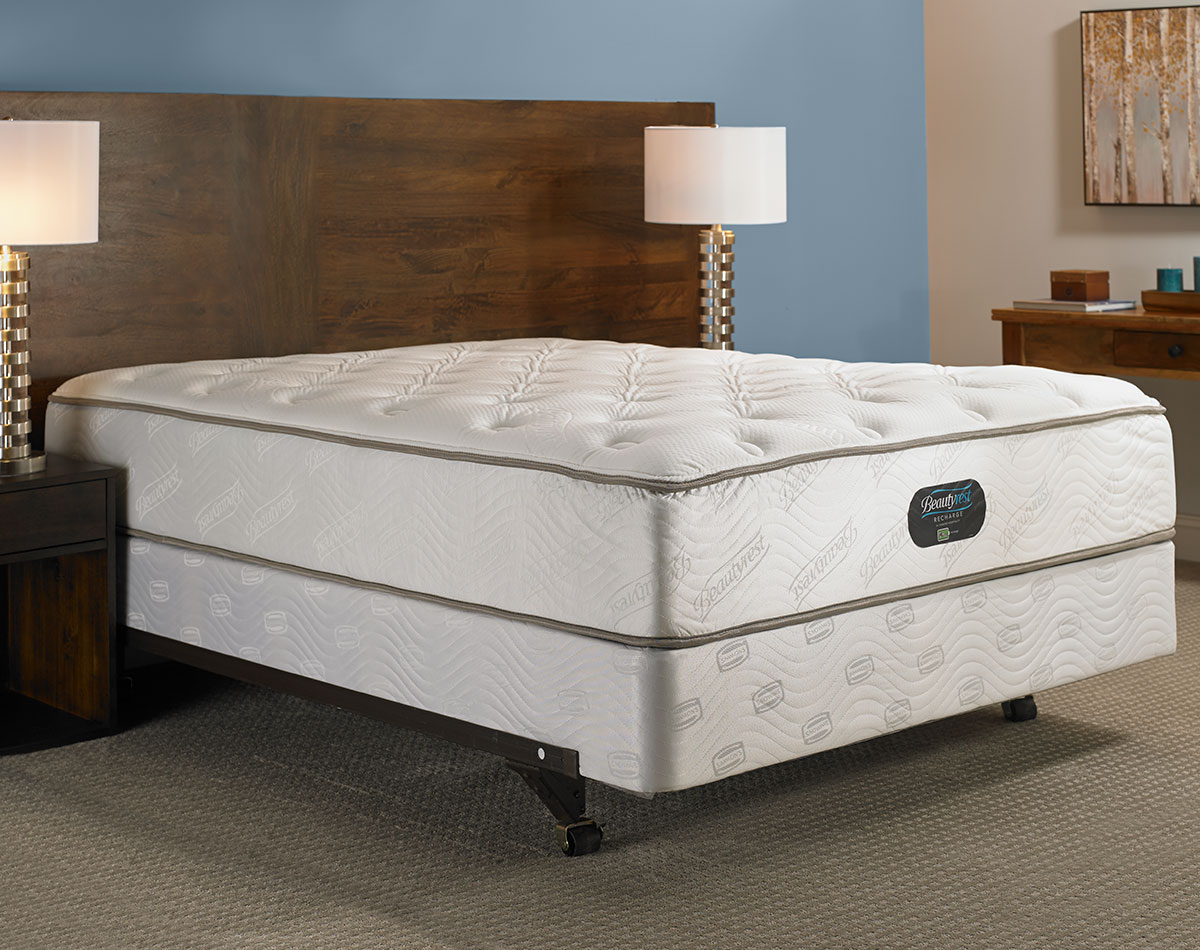
Aesthetic Considerations in Bed Setup
Aesthetic preferences also influence the choice between a box spring and alternative foundations. The appearance of a bed can impact the overall vibe and design of a bedroom. Traditional box springs tend to elevate the mattress, creating a more classic, substantial look that many find appealing. On the other hand, platform beds and low-profile foundations offer a sleeker, more modern aesthetic that complements contemporary decor. The choice of bed frame, headboard, and other bedroom furniture can also dictate the type of foundation that best fits the desired style. Ultimately, achieving a cohesive and visually pleasing bedroom setup requires thoughtful consideration of both function and form, ensuring that the chosen foundation enhances the overall ambiance while meeting practical needs.
Environmental Impact and Sustainability
Sustainability and environmental impact are increasingly important factors in consumer decisions. Traditional box springs, typically made from a combination of wood, metal, and fabric, can contribute to waste and environmental degradation if not properly recycled or disposed of. Alternative foundations, like platform beds, often use fewer materials and can be more eco-friendly, especially if crafted from sustainable sources or recycled materials. The longevity of the mattress and foundation setup also plays a role in sustainability; a well-supported mattress lasts longer, reducing the frequency of replacements and overall waste. Consumers interested in minimizing their environmental footprint should consider the lifecycle of their bed components and opt for products that prioritize durability and eco-conscious manufacturing practices.
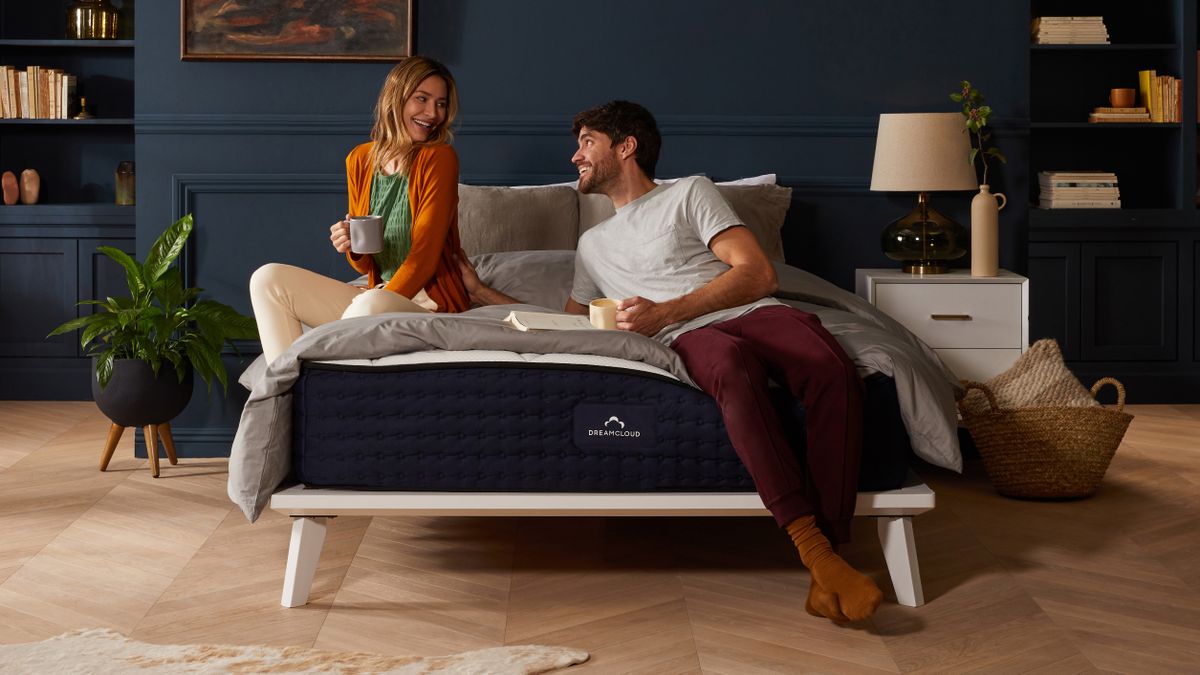
Practical Tips for Choosing the Right Foundation
When deciding on the right foundation for a mattress, several practical tips can guide the process. Start by considering the type of mattress you have or plan to purchase, as this will largely dictate the compatibility of different foundations. Check the manufacturer’s guidelines and warranty details to ensure compliance with recommended support systems. Evaluate the space and layout of your bedroom to determine whether a box spring or an alternative foundation better fits the available area and desired aesthetic. Testing different setups in-store, if possible, can provide valuable insights into comfort and preference. Additionally, think about long-term needs and potential changes, such as moving to a new home or updating bedroom decor, to choose a versatile and adaptable foundation.
Conclusion: Making an Informed Decision
In conclusion, not all mattresses require a box spring, and the decision hinges on various factors including mattress type, personal preferences, aesthetic considerations, and practical needs. While box springs continue to offer benefits for certain mattresses, particularly traditional innerspring models, many modern mattresses perform better on alternative foundations such as platform beds, slatted bases, and adjustable bases. Understanding the specific requirements and compatibility of your mattress, along with considering warranty conditions, can help ensure that you select the most suitable support system. By weighing the pros and cons, considering sustainability, and aligning the choice with personal comfort and style, you can make an informed decision that enhances your sleep quality and overall bedroom experience.






